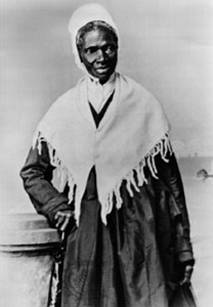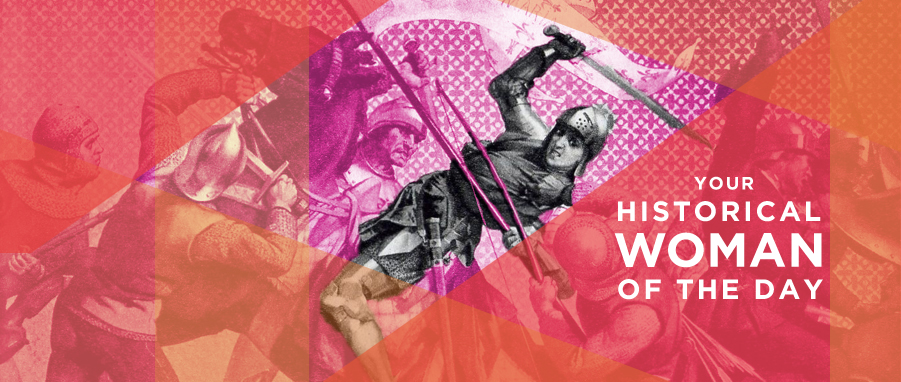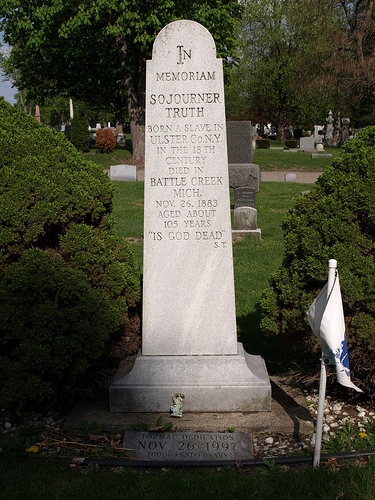 A few months ago, sci-fi writer John Scalzi published a blog piece that went viral entitled “Straight White Male: The Lowest Difficulty Setting There Is”. In this article, he attempted to make “privilege” understood to an audience of gamer geeks by translating it into their own language—basically, that SWMs go through life on the “easy” (or “very easy”, depending on your game) button, while various minority identities increase your life’s difficulty setting. “The player who plays on the ‘Gay Minority Female’ setting?” he writes. “Hardcore.”
A few months ago, sci-fi writer John Scalzi published a blog piece that went viral entitled “Straight White Male: The Lowest Difficulty Setting There Is”. In this article, he attempted to make “privilege” understood to an audience of gamer geeks by translating it into their own language—basically, that SWMs go through life on the “easy” (or “very easy”, depending on your game) button, while various minority identities increase your life’s difficulty setting. “The player who plays on the ‘Gay Minority Female’ setting?” he writes. “Hardcore.”
Our Historical Woman of the day was not, to my knowledge, gay, nor from an era that would necessarily self-identify as such, but I’m pretty sure she was still living life on one of the highest difficulty settings possible. Sojourner Truth was black, she was a woman, and she was born a slave. She lived a life that spanned from a childhood on the plantation to the difficult Reconstruction years following the Civil War. And today, due to her lifelong campaign for both African-American and women’s rights, she has become a symbol for the intersectionality of race and gender—how minority identities can overlap and how struggles can be experienced both separately and in tandem.
She was originally called Isabella “Belle” Baumfree; she changed her name to the (beautiful and rather inspiring) Sojourner Truth decades later. Belle was born into slavery on a Dutch New York plantation around 1797, and spent a childhood being shuffled from owner to owner, separated from family, mistreated by the masters and mistresses of the estates, and marrying a much older slave to whom she would bear five children, though there’s speculation that some were fathered by her white master. All part of the common experience of being a slave woman in America; but that doesn’t diminish its tragedy.
In 1826, an emancipation law was pending in New York—within a year, Isabella would likely be freed. However, she took it upon herself to exit the evil institution a little early. She took one of her children and literally walked off the plantation, finding refuge with a Quaker family and escaping the slave life forever. Later, she fought in court for the recovery of her other children, one of whom was illegally sold to a Southern plantation, and won. This was only the beginning of what was to be a long and fruitful activist career.
What Truth may have been most famous for, not unlike the firebrand anarchist Emma Goldman, was her public speaking. Illiterate throughout her life, she nevertheless had a remarkable gift for language and, from the 1840s onward, went on several speaking tours with both women’s rights groups and abolitionists.
Her most famous speech was apparently entirely improvised. At a women’s rights convention, at which Truth had agreed not to speak in order to avoid making harmful associations between the “Negro” cause and the cause of women, it happened that several men were shouting down the beleaguered women speakers. “Women expect rights? They ask us to help them down from carriages and over puddles!” cried Manly Man #1. “Women can’t even do manual labor!” exclaimed Manly Man #2. (I’m guessing at their names.)
Sojourner Truth couldn’t hold it in anymore. She marched up onto the platform and launched into an impassioned counterattack.
“Nobody ever helped me into carriages, or over mud puddles, or gave me any best place—and ain’t I a woman? Look at me! Look at my arm! I have plowed, and planted and gathered into barns, and no man could head me—and ain’t I a woman? I could work as much and eat as much as a man (when I could get it) and bear the lash as well—and ain’t I a woman? I have borne thirteen children and seen ‘em most all sold off into slavery, and when I cried out with a mother’s grief, none but Jesus heard—and ain’t I a woman?”
Truth then pointed a bony finger (according to her histories, something she was fond of doing) at a nearby preacher, and demanded, “Where did your Christ come from? . . . From God and a woman! Man had nothing to do with him.”
The crowd erupted in cheers. The manly men were publicly shamed. The white feminists who had objected to her speaking felt guilty. (Or so I like to imagine.)
If this all sounds a bit too good to be true—if it sounds like the ending of a '90s family movie—it may be because, it’s not entirely true. Sojourner Truth holds the transcendent rank of symbol in our histories, particularly feminist histories, and symbols often diverge from reality. Much of this speech was recorded by a white working-class woman named Frances Gage, who even wrote it in “plantation dialect” (see above quote, replace every “the” with “de” and “children” with “chillern,” etc). Historians have noted the potential motives of contemporary white feminists for uplifting Truth to the status of symbol: her rootsy plantation background was an ideal metaphor for the need for women’s own emancipation, and her illiteracy meant she could do little to contest the narratives of her white recorders.
Yet I like to think there was at least some truth in this landmark piece of feminist expository, even if it wasn’t quite as movie-scene-y as all that. There are many recorded instances of Truth’s resounding voice echoing through convention halls and touching the hearts and minds of all who attended. She spoke alongside Frederick Douglass—famously asking him “Is God dead?” as he enumerated the injustices being committed daily against the American Negro—and diffused tense situations with unruly, antagonistic crowds—another potentially apocryphal story arises in which she bared her breasts to an Indiana audience who questioned whether she was really a woman. (Probably because she was six feet tall and deep-voiced. And she also had the balls to challenge men.)
She even staged some proto-public transit sit-ins in Washington, DC, storming onto the “white” segregated horse-drawn carriages and challenging the conductor to throw her off. The by-this-time somewhat elderly woman ended up in a scuffle with one driver, whose company she later successfully sued. Hardcore.
Sojourner Truth settled in Battle Creek, Michigan after the Civil War, where she advocated for a Reconstruction that would address the injustices done to black America by slavery—which, by her estimation, could never be fully forgiven, but at the very least the government could begin to make amends. She died in 1883, roughly eighty-five years old, fighting for this elusive justice to the very end.
Despite the nearly insurmountable challenges set out before her, and whether or not some of the accounts about her are apocryphal or idealized, the former Ms. Baumfree built a life that became an inspiration to every seeker of social justice of the last 150 years. It's hard to imagine the difficulties she faced in her life; her status as both black American and female American, not to mention former slave, informed her experience and drove her impassioned demand for equality and justice in an often ugly American century. And so Sojourner Truth, like her name, embodies a struggle that continues to inspire, that continues to matter, that we are still fighting today.


